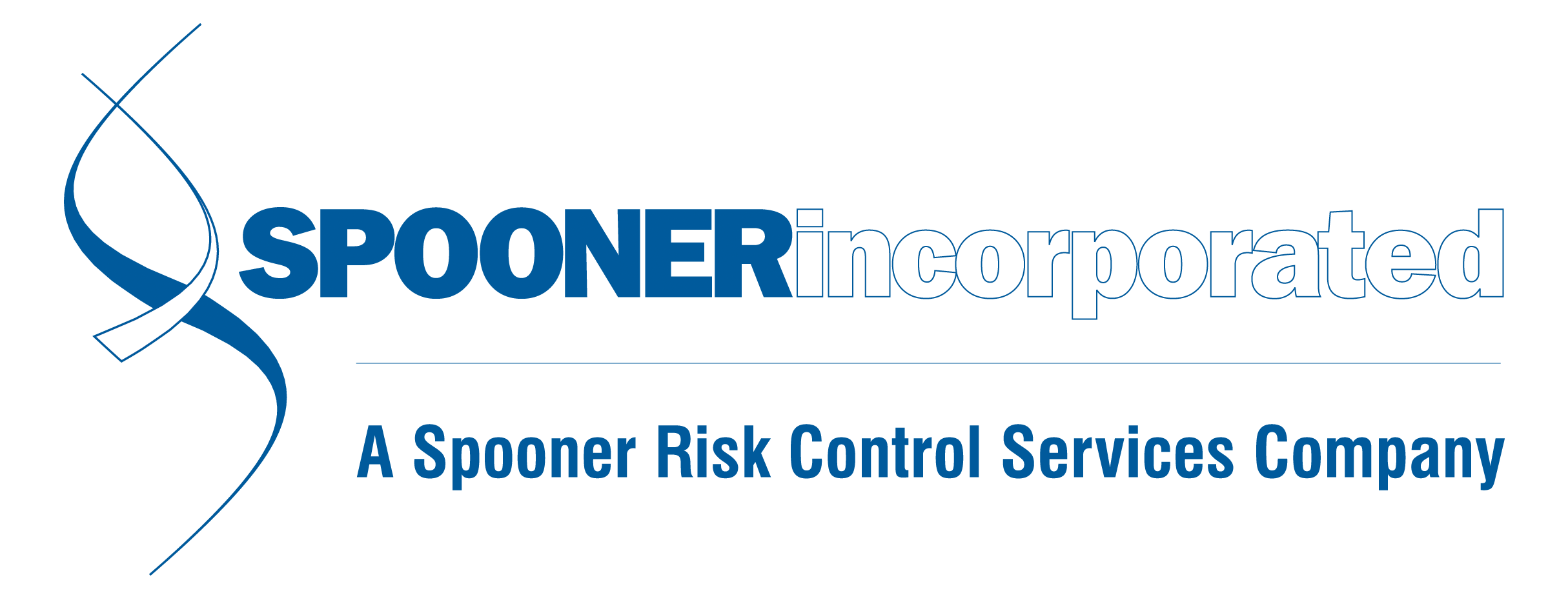News and Updates
Category: Wage And Hour
Federal Court Vacates 2024 Overtime Rule
Toward the end of 2023, we advised our readers that changes would be coming to the FLSA white-collar overtime exemption threshold. The first change took place in July 2024, raising the minimum salary for overtime exempt employees from $35,568 to $43,888. Employers scrambled, crunched numbers, and made the necessary adjustments to comply with this new legislation. The plan was to raise that minimum salary again in January of 2025 to $58,656. Many employers had already made arrangements to be compliant with the new figure as of 1/1/25. However, on November 15, 2024, a federal court in Texas issued a decision vacating the ruling, which reverts the minimum salary threshold to $35,568. We’ve received a lot of questions on this, so we want to clarify – this change applies to employers nationwide. Regardless of the state the hearing may occur in, it is still a federal court and a federal judge. The court stated in their lengthy opinion on the matter that the Department of Labor (DOL) had overstepped their authority in determining the amounts of these increases. This essentially kicks it back to the DOL to rethink their rule. DOL may choose to appeal this ruling, and we will keep you updated on any changes. As for now, the increase planned for January 1, 2025 will not take effect. If you have questions or concerns about how these changes may impact your company, don’t hesitate to reach out to your team at
Department of Labor Ramps Up Audits
The Department of Labor (DOL) will once again be on the prowl for both FMLA and Wage & Hour violations in the coming year – especially in the logistics and warehousing industries. Employers across all industries saw an uptick of audits back in 2014, when DOL made good on their promise to increase the frequency of investigations. There was a notable decline in these audits during the last administration, but expect to see them start ramping back up – and be ready! We’ve often been told by employers, “We just let employees take what they need when they need it.” This usually means, “We don’t really track unpaid leave.” If you’re a small, private employer offering FMLA-adjacent leave out of the goodness of your heart - no harm, no foul. If you’re a public employer, or a private employer with more than 50 full time employees within a 75 mile radius – that lax approach won’t cut it when the government comes calling. Here are some good questions to help determine how compliant your business is: Do FMLA regulations apply to your organization? Do you have a written FMLA policy in place? Does the policy address/define: eligibility requirements, call-in procedures, employee obligations & rights, medical certification process and outside work restrictions while on leave? Do you have legally compliant FMLA forms in place? Is your FMLA poster displayed somewhere prominen

